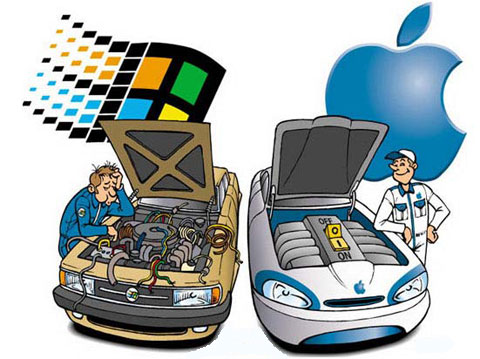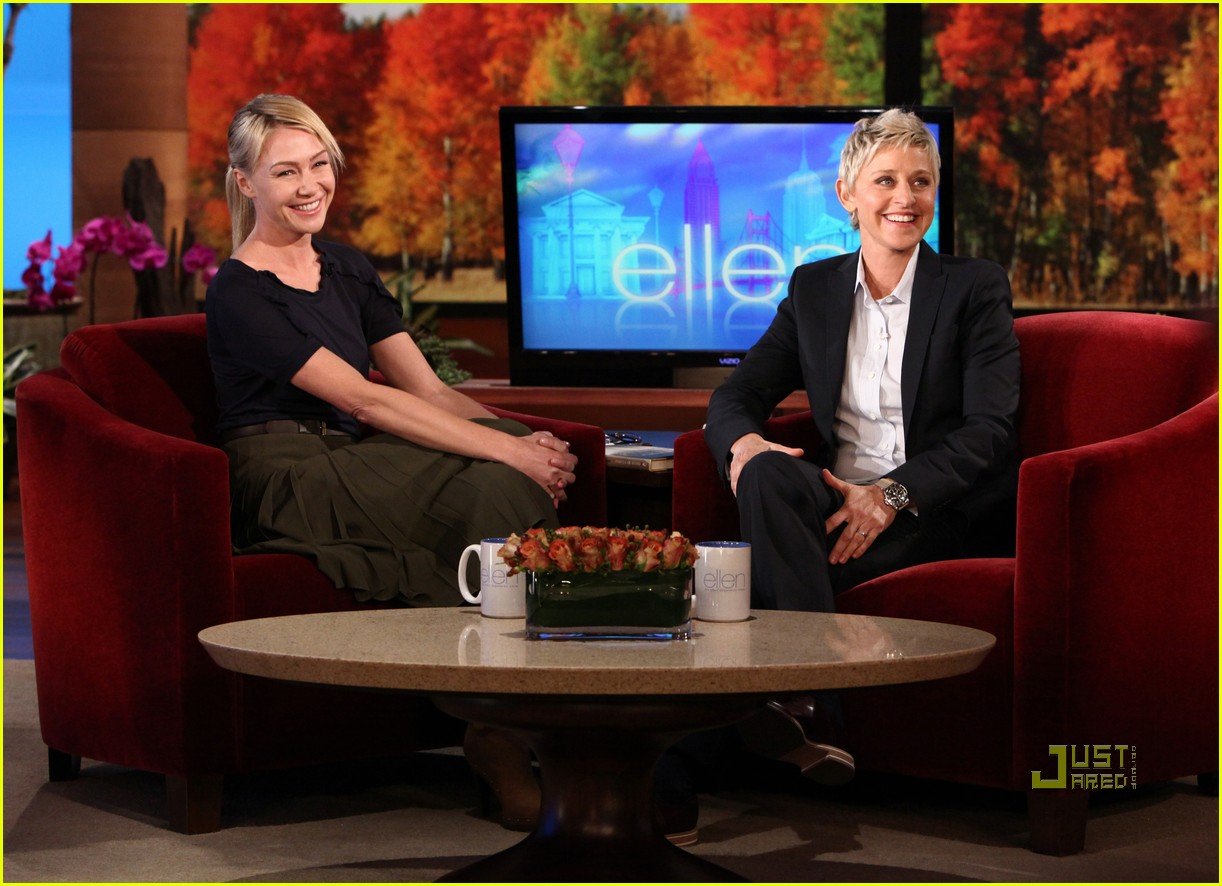So I have to make a website. Something I've never done before. Am I nervous? Of course! But here are some ideas that I'm thinking about for the site:
Strategy:
What are your site objectives?
I hope to complete a site that is easy to navigate and is aesthetically pleasing. In terms of content, I hope to make the information that I present easy to understand and easy to relate to. I would like users to be able to see what I can do as well as my potential for other things.
I hope to complete a site that is easy to navigate and is aesthetically pleasing. In terms of content, I hope to make the information that I present easy to understand and easy to relate to. I would like users to be able to see what I can do as well as my potential for other things.
What are your objectives as a producer?
As a producer, I hope to make the site's navigation easy and to effectively deal with obstacles that come my way.
As a producer, I hope to make the site's navigation easy and to effectively deal with obstacles that come my way.
Do you want an internship? Grad school acceptance? A job? What field specifically?
As of right now, I'm not looking for a job through this website. If someone would offer me a job, I would definitely take a look at it to see if I was interested. Although it is not my primary goal, I would still like to have the site to show potential employers what I am capable of.
As of right now, I'm not looking for a job through this website. If someone would offer me a job, I would definitely take a look at it to see if I was interested. Although it is not my primary goal, I would still like to have the site to show potential employers what I am capable of.
Who is your audience?
My audience is whoever comes across my site. I hope that my audience finds the answers they are looking for within my site. I hope to be able to show possible employers my skill set.
My audience is whoever comes across my site. I hope that my audience finds the answers they are looking for within my site. I hope to be able to show possible employers my skill set.
What are their user needs?
The user would need to have easy access to the information that they want, perhaps a search bar is in order? The audience would also need to be able to see information about me and be able to contact me either in the form of comments or email. They would also
The user would need to have easy access to the information that they want, perhaps a search bar is in order? The audience would also need to be able to see information about me and be able to contact me either in the form of comments or email. They would also
What all might they need to find out about you on your site?
My users would need to know that I am a junior at Furman University, plus my experience. This could be included in a short biography or contact info section. Other information would be included in a resume.
Scope:
In my site, I would like to include content on my experiences, my other social media accounts (twitter, tumblr, pinterest), a contact form, materials that I have created from my digital communications course, writing samples, my resume, and photos or experience blurbs about what I have done in the past, professional or not.
Website design inspirations:
1) Plentific: I really like their intro page. The search bar is very obvious and the background is large and a photo. They also have a very simple navigation down at the bottom of the page. Since I am a photographer, I might incorporate this aspect into the site.
2) Amp Music: Like the first site, the site title is backed by a photo (it is actually a gif of people at a concert). Also, I really liked the links to Twitter and Facebook at the top right hand corner. I definitely want to include my other sites on my personal website.
3) Names for Change: This website is very interactive and simple. I would recommend actually checking this one out because a screenshot would not do it justice (plus the screen changes as you scroll down)
4) The Stapleton: This site is also simplistic, while being aesthetically pleasing. It offers an insight into the site creator as well as grabs its readers as soon as they read the words.
5) Tillamook: This site is also a scroll down site, but I did particularly like their intro. They proposed a story and literally invite the reader to see what their path was. It is simple and inviting, but not intimidating.

2) Amp Music: Like the first site, the site title is backed by a photo (it is actually a gif of people at a concert). Also, I really liked the links to Twitter and Facebook at the top right hand corner. I definitely want to include my other sites on my personal website.
4) The Stapleton: This site is also simplistic, while being aesthetically pleasing. It offers an insight into the site creator as well as grabs its readers as soon as they read the words.
5) Tillamook: This site is also a scroll down site, but I did particularly like their intro. They proposed a story and literally invite the reader to see what their path was. It is simple and inviting, but not intimidating.











.jpg)









.jpg)

.jpg)

.jpg)

.jpg)











.jpg)












